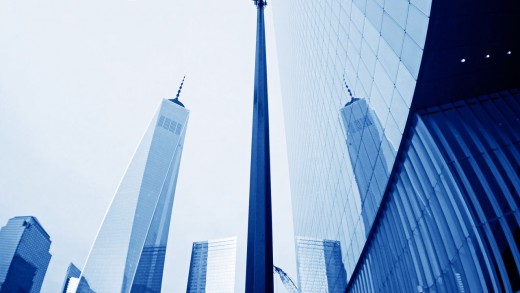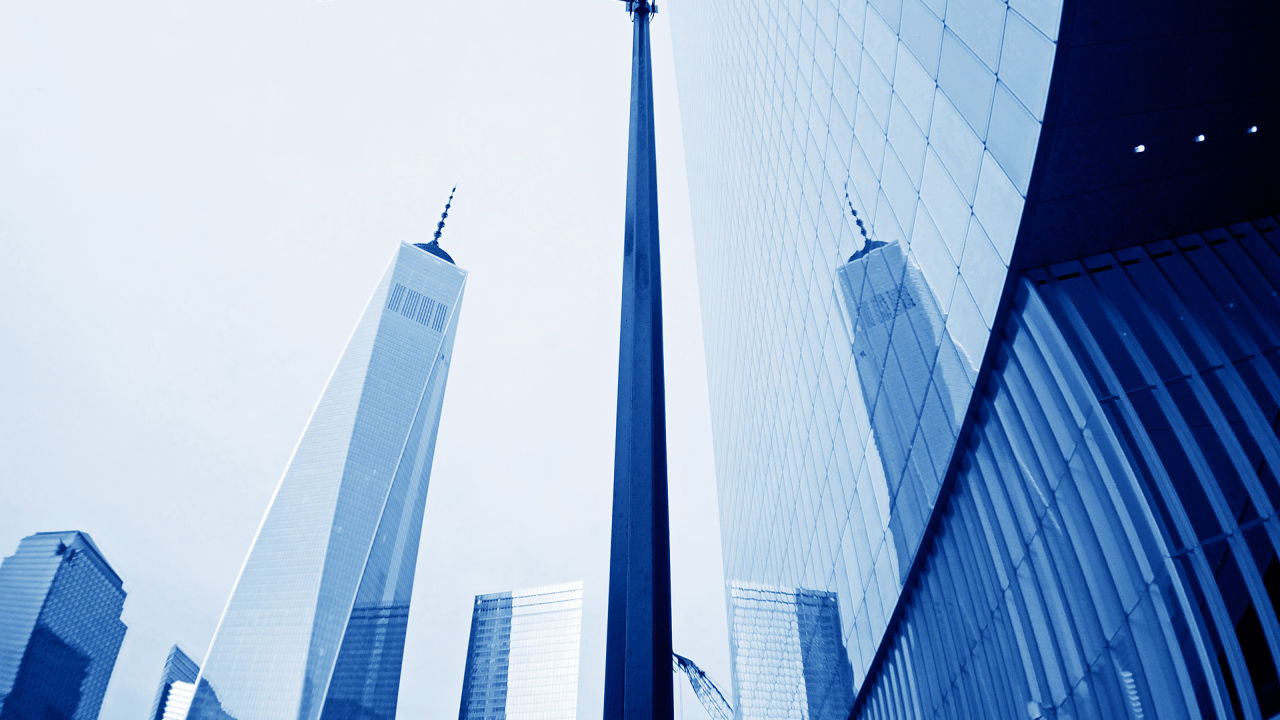How Microsoft And ThyssenKrupp’s Elevator Tech Saves workplace staff Years Of waiting
MAX brings elevators into the internet of issues with highway-like visitors keep watch over. Your morning go back and forth would possibly simply get quicker.
October 27, 2015
Going up? just right success.
A Columbia university learn about found that big apple workplace staff spent a collective 5.9 years driving in elevators—and 16.6 years waiting for elevators. And that was simply in 2010.
a few of that downstairs time is due to out-of-provider elevators underneath repair, but when we can socially engineer highway glide, why not do the same for elevators? both can be helped by way of connecting elevators to the cloud and making them smarter, say the practical individuals on the German mechanical products company ThyssenKrupp. So no longer way back ThyssenKrupp partnered with Microsoft’s Azure enterprise cloud platform to introduce the MAX, an elevator extension to bring the technology into the internet of issues. With MAX put in, ThyssenKrupp says in its press unlock, NY city place of job staff could get again a cumulative eight years of free time.
ThyssenKrupp is launching MAX today, extending bargains to put in the device on elevators it services and products (each the 1.2 million ThyssenKrupp-constructed elevators worldwide and 0.33-birthday party elevators). At an announcement these days at a midtown long island Westin lodge, Andreas Schierenbeck, CEO of ThyssenKrupp, stated it has “a couple hundred take a look at installations in Seattle, Germany, Switzerland, and Spain.” that might alternate: the corporate services elevators in main skyscrapers far and wide the sector, including One World trade middle in New York city, the Metro Sao Paulo in Brazil, and the european primary bank in Frankfurt, Germany, to call a couple of. in the 18-month launch length the company objectives to attach some 180,000 units within the U.S. and Europe sooner than becoming on hand to eighty% of elevators across all continents in two years. And if conversion happens, it will occur quick: MAX will also be put in in about quarter-hour. ThyssenKrupp is taking part in the long recreation: When 70% of the sector’s inhabitants lives in cities by way of 2050, any moment we will shave off commuting is some other we can spend residing.
instead of delivering a brand-new elevator, ThyssenKrupp’s MAX is a box that costs “lower than an iPad” and attaches to current elevators. The MAX keeps tabs on the elevator’s vitals so it might probably send upkeep calls when it senses components wearing out and, as soon as sufficient information is accumulated, make data fashions that arrange maintenance calls sooner than elements wreck. That maintenance knowledge is routed thru Microsoft’s Azure platform, but so is utilization data: In time, ThyssenKrupp’s personal information scientists will create algorithms that look ahead to utilization to streamline elevator usage and do away with elevator blockage at rush hour.
Sound too dramatic for the common-or-garden elevator? imagine that elevators are essentially the most-used transportation machine—duration. those sixteen.6 years New Yorkers spent in elevators in 2010 are hours they aren’t working or dwelling their lives. by monitoring elevator usage, patterns emerge, and constructing managers can alternate usage to attenuate time wasted.
“in case you have a high-upward push industrial constructing and everyone starts at 8 a.m., people are overloading the elevator banks,” says Schierenbeck. “you must set half of an elevator financial institution of six devices to move to firm A and have the other six go to firm B and even time table lunchtime differently. It’s just a little like the congested parts of cities and in highways, where smaller site visitors lights let one or two vehicles onto the freeway at rush hour. It’s the identical concept.”
learn how to bring Elevators Into The IoT Future
The elevator trade is conservative in its engineering values, and rightfully so for an industry charged with protected vertical trip of millions of people day by day, says Schierenbeck. but that implies technological growth comes slow. except for more recent elevators that simplest require punching in numbers in the lobby, elevators have been quite unchanged for more than a century. combating elevator downtime and lowering travel time through connecting elevators to the internet of things is a huge bounce ahead.
It’s now not straightforward to convince a conservative industry to adapt, says Schierenbeck, and quite a few resistance is interior: ThyssenKrupp pushed its personnel into culturally adapting to the new inflow of repair data and educated them to bear in mind it. however step one used to be understanding the info itself. ThyssenKrupp went to a couple of tech companies, none of whom might make sense of the years of elevator knowledge ThyssenKrupp introduced with them, except Schierenbeck chatted with Steve Ballmer on the opening of Microsoft’s Berlin office and the partnership was hatched.
That’s when Kevin Turner jumped on board. As chief operating officer of Microsoft Azure, Turner lent ThyssenKrupp data scientists to assist strengthen a version to make experience of ThyssenKrupp’s elevator information. the top result’s the MAX gadget, which straight away calls for repairs when a part breaks—and as soon as sufficient information has been collected to leap-start the computing device learning perspective, MAX will alert maintenance to test on an element that might break soon. as soon as that laptop learning spins up, ThyssenKrupp believes that MAX will lower elevator downtime as a result of maintenance down by using 50%.
“computing device finding out is the actual secret sauce,” says Turner. “Predictive analytics let us know exceptions. however we not want to report exceptions—we need to prevent them.”
IoT hasn’t reached elevators partially as a result of they’ve lasted goodbye. it would be more straightforward to iterate if elevators wore out quick, but elevators aren’t smartphones. With 50- or 60-year existence spans, ThyssenKrupp made up our minds that their MAX technology should be capable of retrofit previous elevators instead of requiring companies to buy entirely new elevators. And even if they are upgrading elevators they failed to construct, retrofitting elevators is still a booming box: There are 20,000 new elevators installed within the U.S. yearly. China, meanwhile, is anticipating 500,000 new elevators annually, says Schierenbeck.
ThyssenKrupp’s net profits spiked to just about 200 million euros in fiscal yr 2014, following really extensive restructuring of the company. it can be uncertain at this point how, if in any respect, MAX will influence its bottom line.
For its phase, Microsoft is worked up to bring an previous industry into the IoT age, proving that new markets can also be discovered with legacy products that don’t outwardly appear ripe for digital integration. If IoT can support an industrial stalwart like elevators, why not old vehicles or airplanes that also have a long time of lifestyles in advance of them?
“The more you are able to do to beef up effectivity, you supply more time to people,” says Schierenbeck. “It’s that easy.”
associated: Can Microsoft Get Its Groove again? The Evolution Of the brand In three Minutes
(107)














